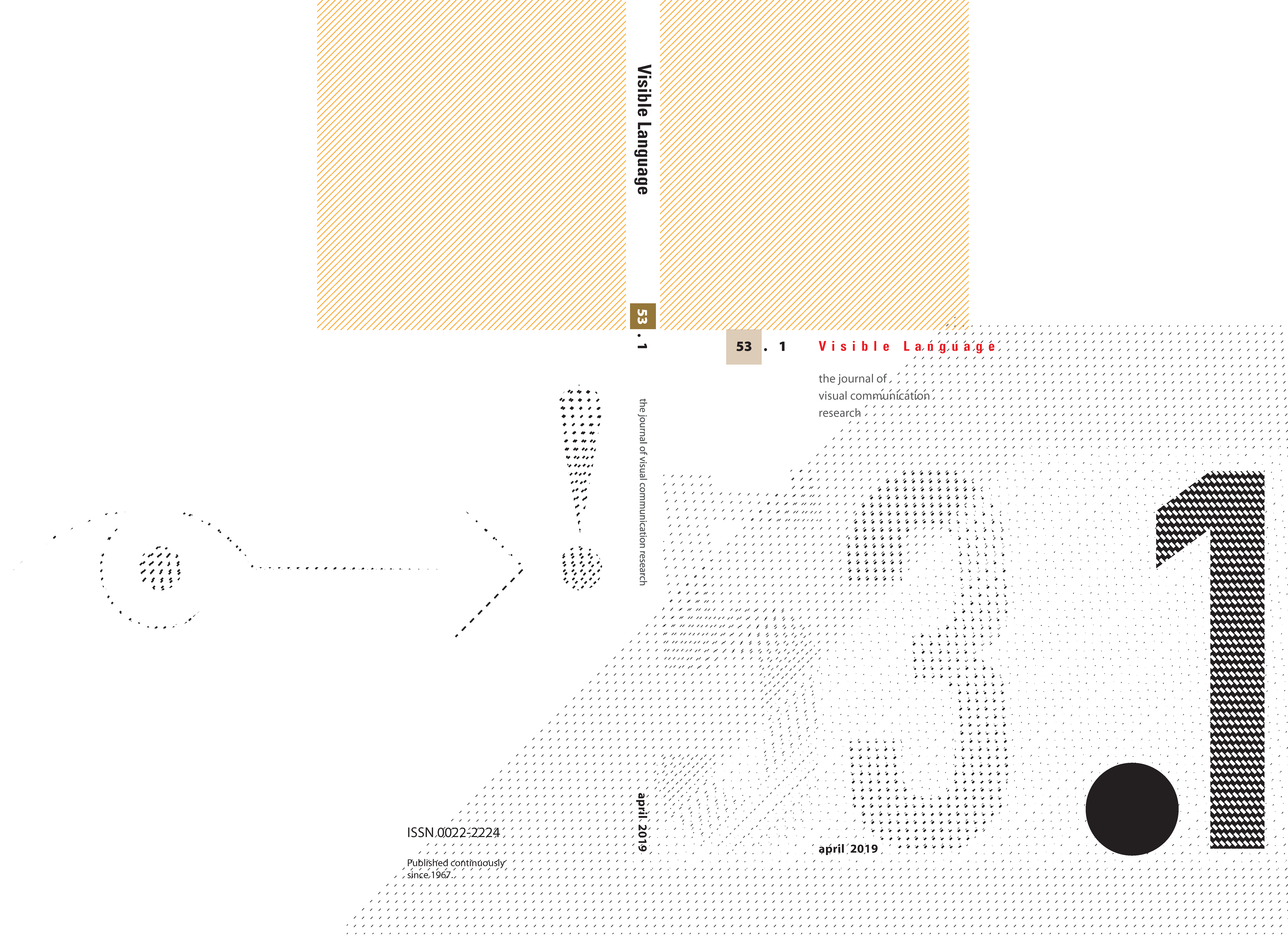Lower Case in the Flatlands
New Typography and orthographic reform in a Danish printing calendar
DOI:
https://doi.org/10.34314/vl.v53i1.4625Keywords:
Graphic Arts, Danish, Printed Materials, German Language, Social Change, Orthography Reform, Designers, Calendars, Typesetting, Prints and printmaking, 20th Century, Written Language, Denmark, GermanyAbstract
The orthographic reform program known as kleinschreibung, or writing small, was an integral part of the New Typography of the 1920s and 30s. Commonly associated with institutions like the Bauhaus, or groups like the ring 'neue werbegestalter', New Typography was also taken up in the work of numerous printers and compositors across Germany and beyond. In Denmark, where common nouns were capitalized then as they still are in German, one proponent of New Typography amongst printers was Typografernes fagtekniske Samvirke (The Compositors' trade-technical Cooperative). In 1988 the London design group 8vo published an issue of their journal Octavo on the topic, positioning kleinschreibung as "a microcosm of a larger debate, one which raises pertinent questions about the potential of design to be part of a force for positive social change. The following takes a similar stance. The Danish printing calendar Typografisk arbog 1935 is used as a point of departure for a discussion of how Danish printers engaged with the issue of lower case.

